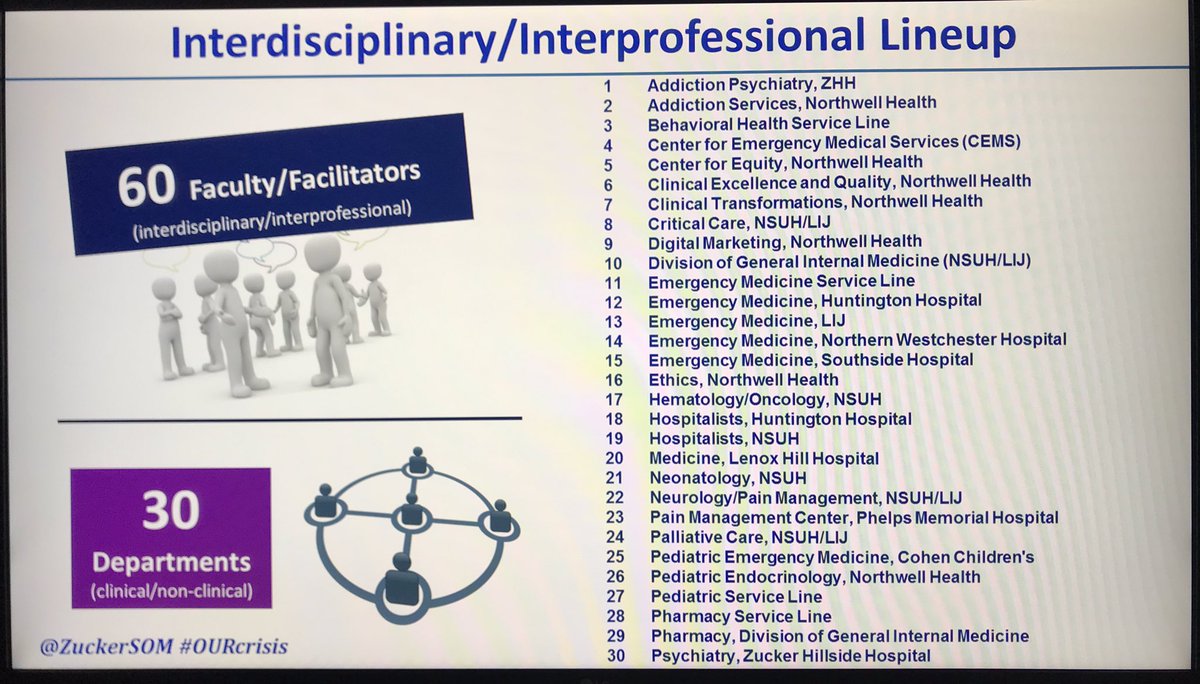We begin today's discussion with a question about the stock market. How low can it go? In following this trail, we'll be working through some powerful concepts. You might want some calming tea, or stimulating coffee. Ready?
Bull = Higher Highs AND Higher Lows.
Work on that with me. Focus on prices, only. Not why, but what. Higher highs AND higher lows.
Bear = Lower Lows AND Lower Highs
Now we have to look at the definition of support.
I know, that's a hell of a lot of terms. Stock analysis is not an easy art. But it is a glorious one.
More Sellers = Resistance
More Buyers = Support
Trading Range, Up or Down, demonstrates the relationship between buyers and sellers.
Buyers create support.
Sellers create resistance.
THE MARKET CANNOT DROP TO ZERO
If it ever did, it would be the end of the stock market, completely. The New York Stock Exchange would die. That's not going to happen.
1) Gain
2) Loss
3) Greed
4) Fear
5) Avarice
6) Panic
Numbers 3 & 4, greed and fear are both dumb. In the stock market, greed leads to tops, fear to bottoms.
#NeverPanic
#KeepCalmBuyStocks








